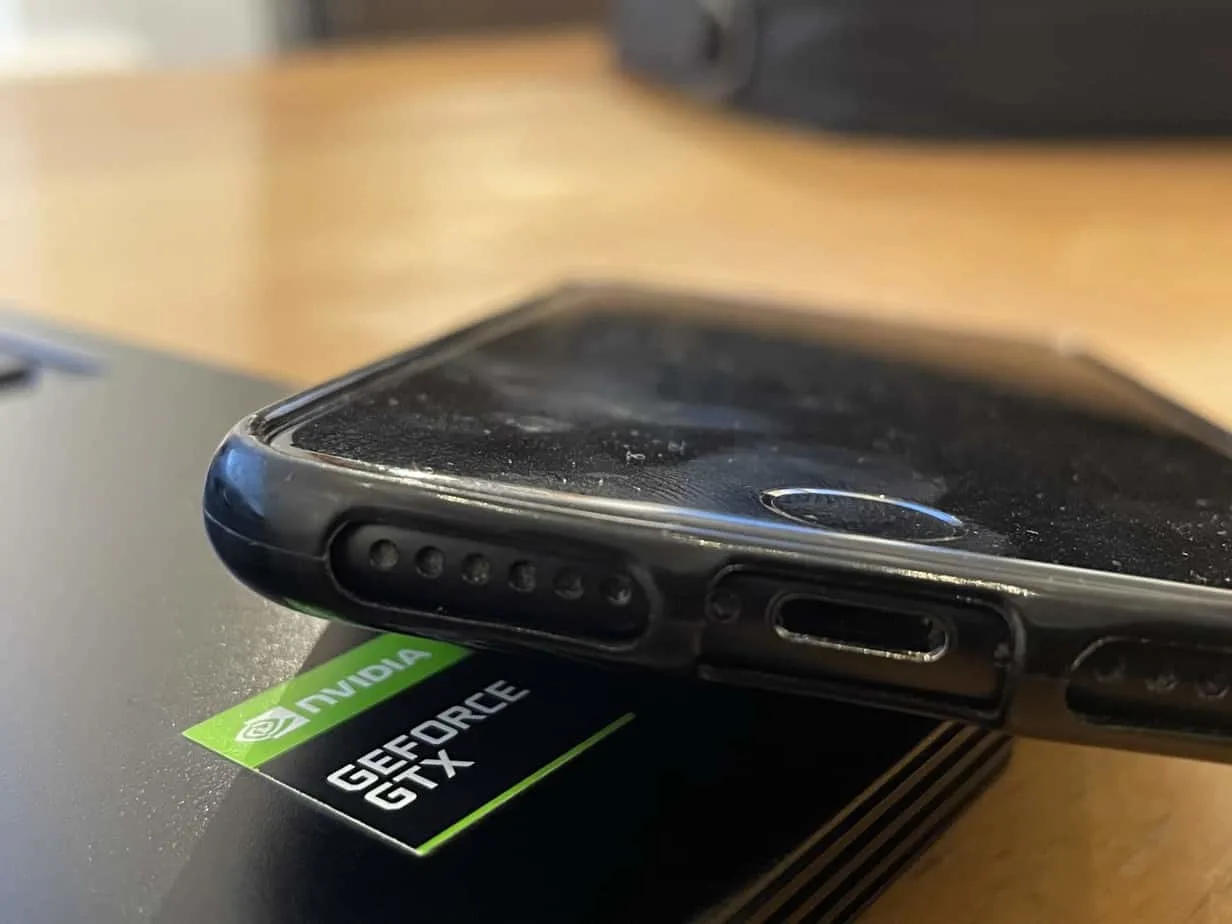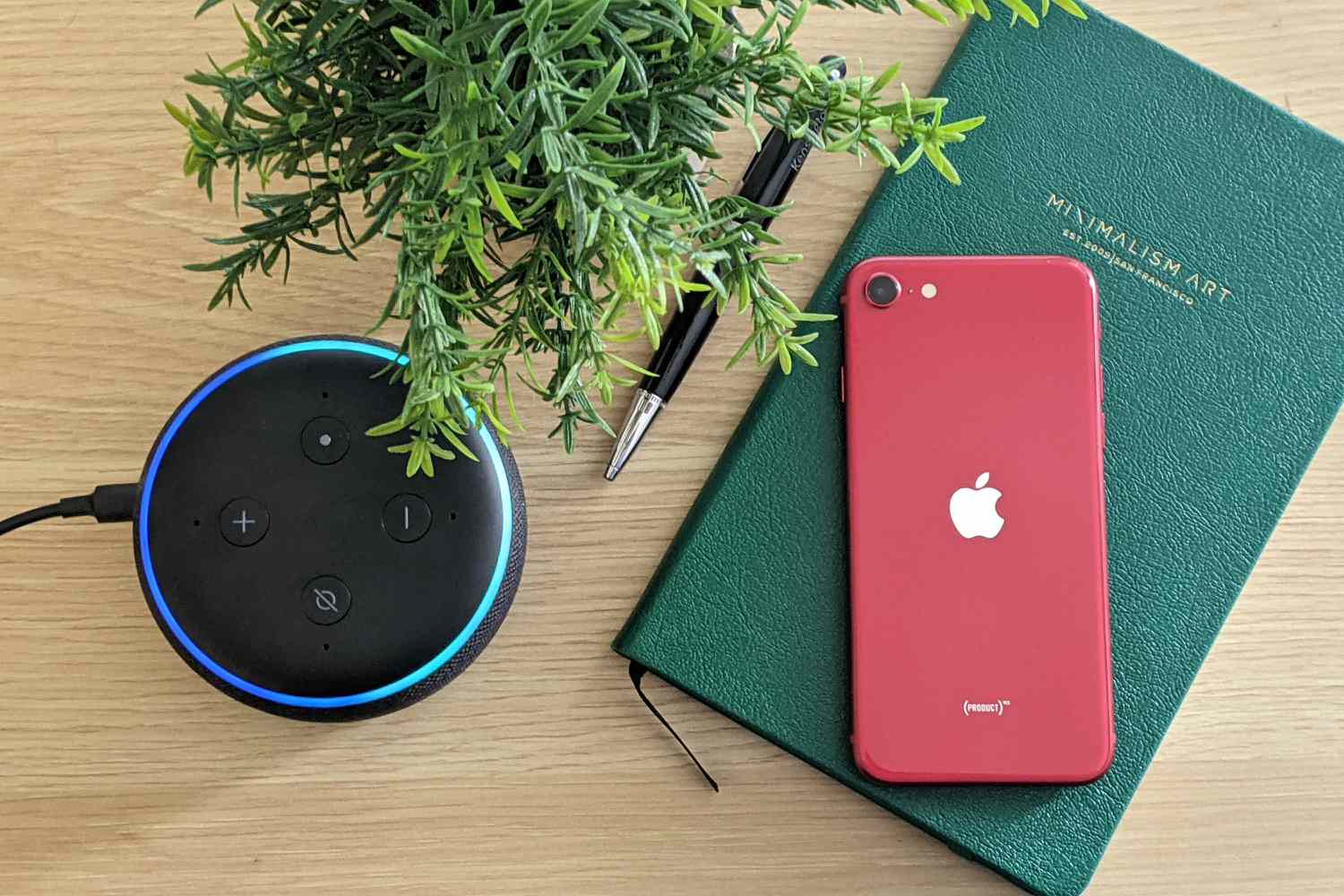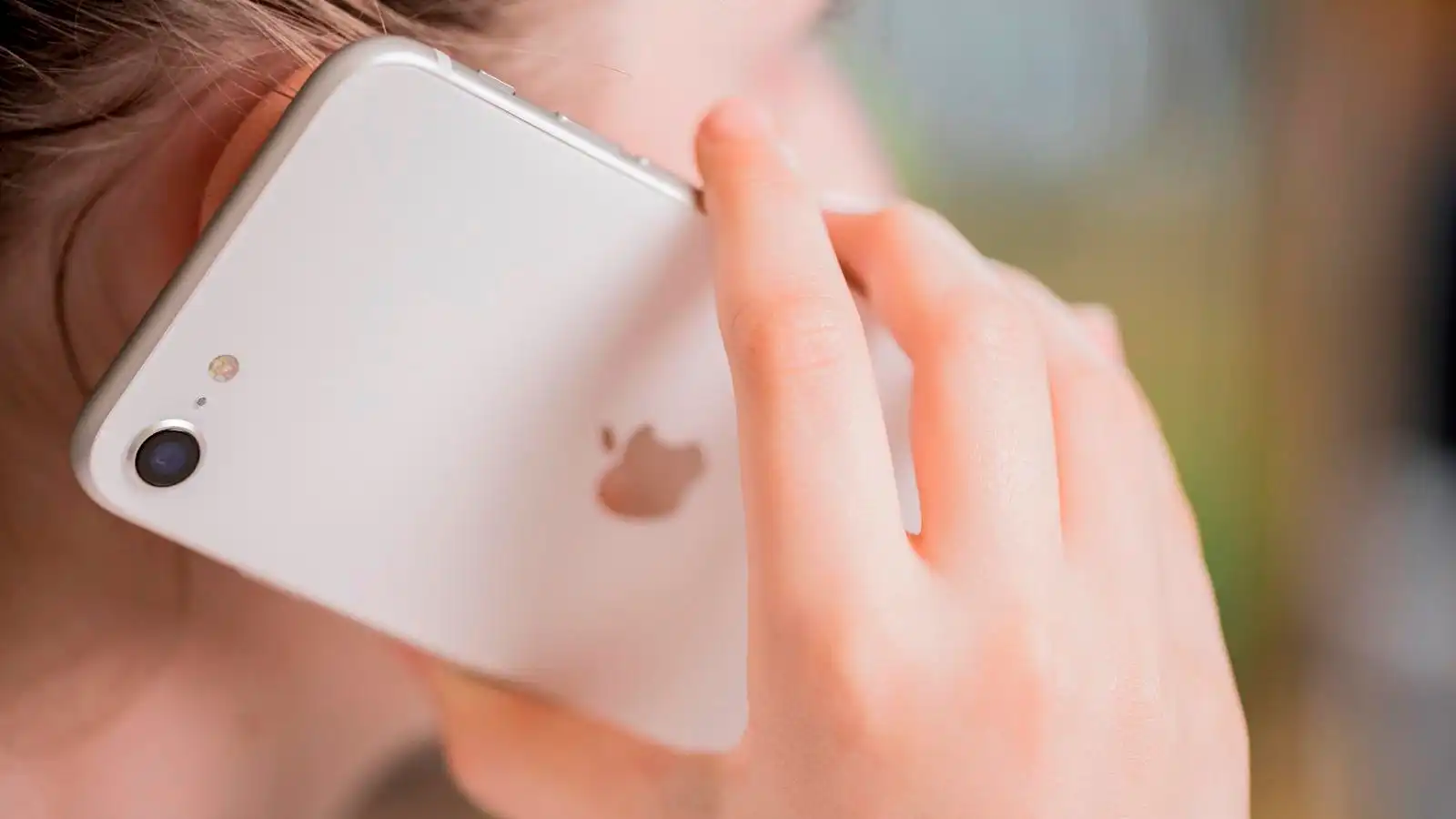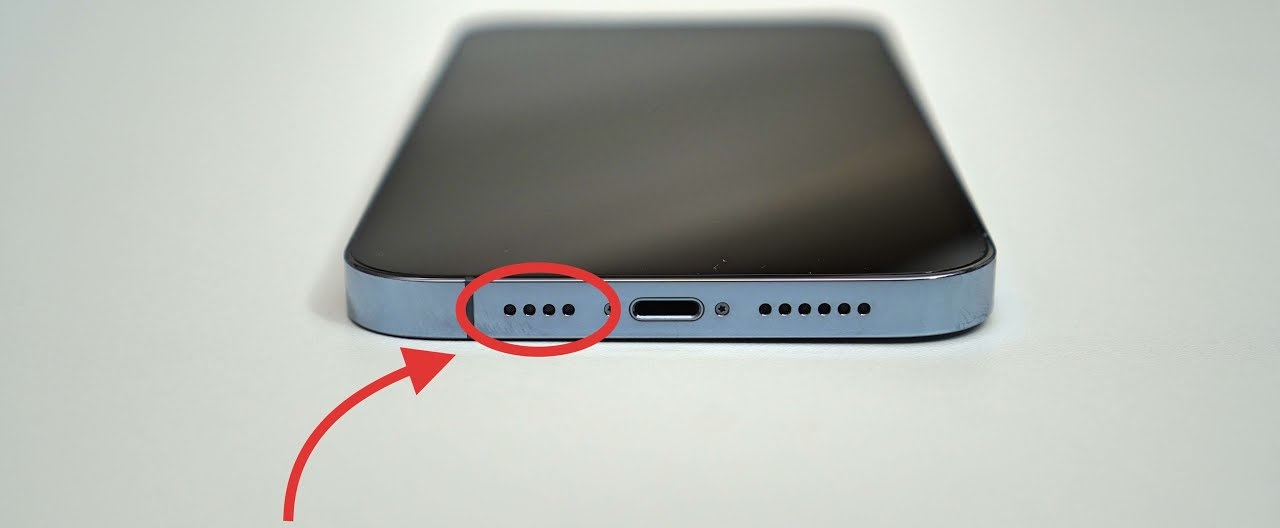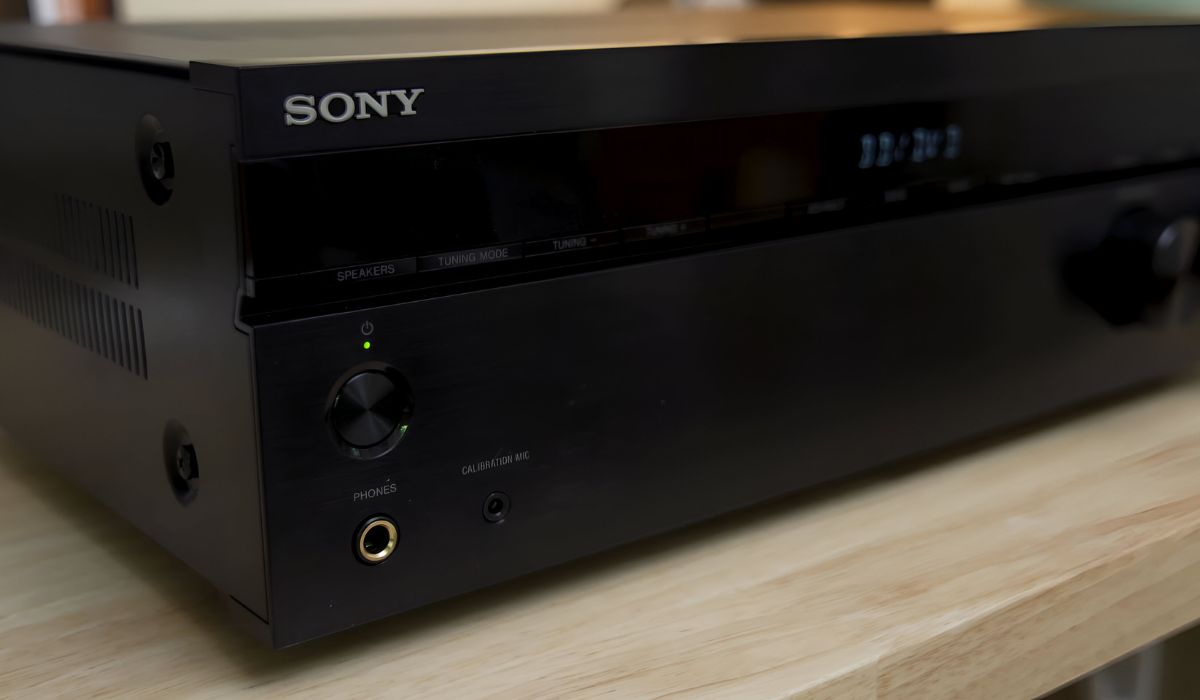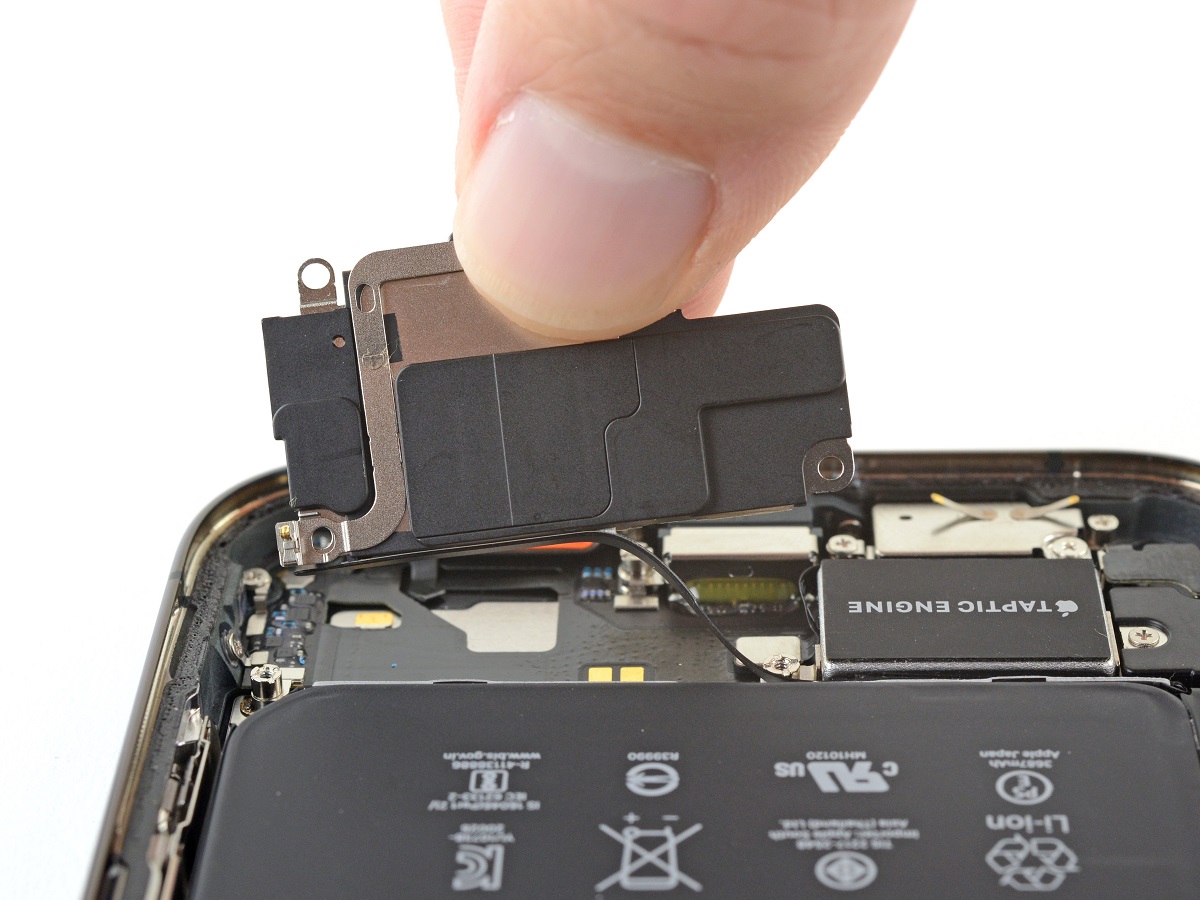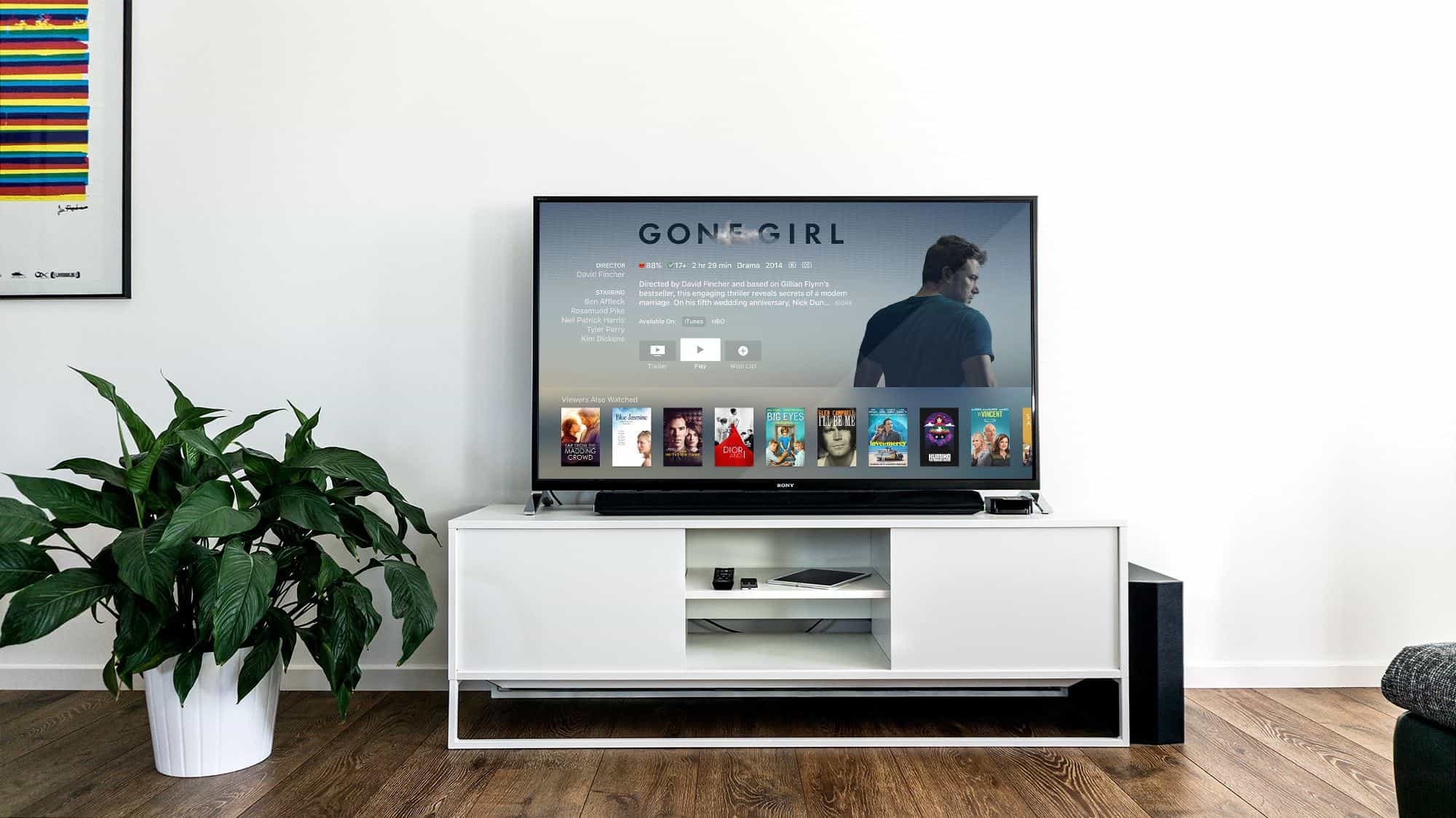Introduction
Are you experiencing muffled sound or complete silence from your iPhone speaker? A blown speaker can significantly impact your device's functionality, making it challenging to enjoy music, videos, or speakerphone calls. Understanding the signs of a blown iPhone speaker is crucial for timely troubleshooting and resolution.
In this comprehensive guide, we will delve into the common causes of blown iPhone speakers, identify the telltale signs of speaker damage, and provide troubleshooting steps to address the issue. By the end of this guide, you will have the knowledge to discern whether your iPhone speaker is malfunctioning and the steps to rectify the problem.
The speaker on your iPhone plays a pivotal role in your day-to-day interactions with the device. Whether you use it for listening to music, participating in hands-free calls, or watching videos, a functioning speaker is indispensable. However, various factors can lead to a blown iPhone speaker, necessitating an understanding of the warning signs and appropriate remedial measures.
Stay tuned as we explore the intricacies of iPhone speakers and equip you with the knowledge to identify and address speaker issues. Let's dive into the world of iPhone audio troubleshooting and empower you to restore the sound quality of your device.
Common Causes of Blown iPhone Speakers
Understanding the potential causes of blown iPhone speakers is essential for preventing future damage and addressing existing issues. Here are the primary factors that can contribute to speaker malfunction:
- Excessive Volume: Subjecting your iPhone to consistently high volume levels can strain the speaker components, leading to distortion and eventual damage. Prolonged exposure to loud volumes can compromise the structural integrity of the speaker, resulting in diminished audio quality or complete failure.
- Physical Damage: Accidental drops or impacts can harm the delicate components of the iPhone speaker, causing distortion, crackling, or loss of sound. Even minor incidents can disrupt the internal mechanisms, necessitating professional inspection and repair.
- Moisture and Liquid Exposure: Exposure to moisture or liquid can corrode the speaker components and impair their functionality. Whether it’s accidental spills, high humidity environments, or water damage, any form of moisture infiltration can compromise the speaker’s performance.
- Dust and Debris Accumulation: Over time, dust, lint, and other particles can accumulate in the speaker grille, obstructing sound output and potentially causing damage to the internal components. Regular cleaning and maintenance are essential for preventing debris-related speaker issues.
- Manufacturing Defects: In rare cases, manufacturing defects or quality control issues can lead to premature speaker failure. If your iPhone experiences unexplained speaker problems shortly after purchase, it’s advisable to consult with Apple or an authorized service provider for assessment and potential replacement.
By familiarizing yourself with these common causes, you can take proactive measures to safeguard your iPhone’s speaker and minimize the risk of damage. Whether through responsible volume management, protective cases, or environmental awareness, mitigating these factors can prolong the lifespan of your device’s audio components.
Signs of a Blown iPhone Speaker
Recognizing the signs of a blown iPhone speaker is pivotal in addressing potential issues before they escalate. Here are the key indicators that your iPhone speaker may be compromised:
- Distorted Sound: When playing audio, if you notice crackling, popping, or distorted sound emanating from the speaker, it may signify underlying damage. Such irregularities can detract from the listening experience and indicate a need for speaker inspection.
- Muffled or Dull Audio: A noticeable reduction in audio clarity, with sounds appearing muffled or subdued, can indicate speaker impairment. This can impact the overall quality of music playback, calls, and other audio-related functions.
- Complete Sound Loss: If your iPhone speaker ceases to produce any sound despite volume adjustments and audio playback attempts, it is a clear indicator of a severe speaker issue. This warrants immediate attention to restore the device’s audio functionality.
- Inconsistent Sound Output: Fluctuating sound levels, intermittent audio output, or sudden changes in volume without user intervention can point to underlying speaker irregularities. Such inconsistencies may signal impending speaker failure.
- Rattling or Vibrations: Physical vibrations, rattling noises, or unusual vibrations emanating from the iPhone speaker during audio playback can indicate internal damage or loose components. These symptoms necessitate prompt investigation to prevent further deterioration.
By remaining vigilant for these telltale signs, you can promptly address potential speaker issues and seek appropriate solutions to restore your iPhone’s audio performance. Early detection of speaker problems enables timely intervention, potentially minimizing the extent of damage and facilitating effective resolution.
Troubleshooting Steps
When confronted with potential issues related to your iPhone’s speaker, several troubleshooting steps can be undertaken to identify and address the problem. Here are actionable measures to troubleshoot a potentially blown iPhone speaker:
- Volume Adjustment: Begin by adjusting the volume levels on your iPhone to ascertain if the issue is volume-related. Gradually increase the volume while playing different types of audio to gauge the speaker’s performance across varying sound levels.
- Audio Source Variation: Test the speaker with diverse audio sources, such as music, videos, and calls, to determine if the issue is specific to certain applications or pervasive across all audio output. Varied audio sources can provide insights into the nature of the speaker problem.
- Device Reboot: Perform a device reboot to potentially resolve software-related audio irregularities. Restarting the iPhone can address temporary glitches or conflicts that may impact the speaker’s functionality.
- Clean the Speaker Grille: Gently clean the speaker grille and surrounding areas to remove any accumulated dust, lint, or debris that may be obstructing sound output. Use compressed air or a soft brush to delicately dislodge and eliminate foreign particles.
- Software Updates: Ensure that your iPhone’s operating system and applications are up to date. Installing the latest software updates can rectify software-related audio issues and optimize the device’s overall performance.
- External Speaker Test: Connect your iPhone to an external speaker or audio output device to discern if the issue persists when utilizing an alternative audio output method. This can help differentiate between iPhone-specific speaker problems and broader audio issues.
- Professional Assessment: If the troubleshooting steps fail to alleviate the speaker issues, consider seeking professional assessment and repair services from Apple or authorized service providers. Professional diagnostics can identify underlying hardware issues and facilitate appropriate solutions.
By systematically implementing these troubleshooting steps, you can methodically assess and address potential iPhone speaker problems. These measures aim to isolate the root cause of the speaker issues and guide you toward effective resolution, whether through user-initiated interventions or professional assistance.
When to Seek Professional Help
While troubleshooting steps can often resolve minor iPhone speaker issues, certain scenarios warrant the involvement of professional technicians to address more complex or persistent problems. Knowing when to seek professional help is crucial for restoring your iPhone’s audio functionality effectively. Here are indicators that it may be time to engage professional assistance:
- Persistent Speaker Irregularities: If the speaker issues persist despite thorough troubleshooting efforts, including software updates and audio source variations, it may indicate underlying hardware issues that necessitate professional evaluation.
- Physical Damage: Visible signs of physical damage, such as dents, cracks, or speaker grille deformities, warrant professional inspection. Physical trauma to the iPhone can result in internal speaker damage that requires expert assessment and potential repair.
- Moisture or Liquid Exposure: If your iPhone has been exposed to moisture or liquid, even in the absence of immediate speaker issues, it is advisable to seek professional assessment. Internal corrosion and latent damage from liquid exposure can manifest as speaker problems over time.
- Warranty Coverage: If your iPhone is within the warranty period or covered by an extended warranty or AppleCare+, professional assistance from Apple or authorized service providers is recommended to preserve warranty coverage and ensure comprehensive resolution.
- Unexplained Sound Anomalies: Unusual sound anomalies, such as persistent rattling, buzzing, or irregular vibrations during audio playback, may indicate internal speaker malfunctions that necessitate expert diagnosis and potential component replacement.
When encountering these scenarios, it is prudent to engage the expertise of Apple-certified technicians or authorized service providers to address the underlying causes of iPhone speaker issues. Professional assessment and repair services can offer comprehensive diagnostics, genuine replacement components, and adherence to Apple’s quality standards, ensuring the effective restoration of your iPhone’s audio functionality.
Conclusion
Understanding the signs of a blown iPhone speaker and the appropriate troubleshooting steps is essential for maintaining the audio integrity of your device. By recognizing common causes such as excessive volume, physical damage, moisture exposure, dust accumulation, and potential manufacturing defects, you can proactively safeguard your iPhone’s speaker from preventable damage.
When encountering signs of a blown iPhone speaker, such as distorted sound, muffled audio, or complete sound loss, prompt intervention through troubleshooting steps can help identify and address the underlying issues. From volume adjustments and device reboots to cleaning the speaker grille and seeking professional assessment, a systematic approach to troubleshooting empowers you to restore your iPhone’s audio performance.
Knowing when to seek professional help, especially in cases of persistent speaker irregularities, physical damage, moisture exposure, warranty coverage, and unexplained sound anomalies, is pivotal for timely and comprehensive resolution. Engaging the expertise of Apple-certified technicians or authorized service providers ensures that your iPhone receives meticulous diagnostics and genuine replacement components, preserving its audio functionality.
By familiarizing yourself with the intricacies of iPhone speaker maintenance and troubleshooting, you can prolong the lifespan of your device’s audio components and enjoy uninterrupted sound quality. Stay proactive in addressing potential speaker issues, and leverage the available resources to maintain the optimal performance of your iPhone’s audio system.







